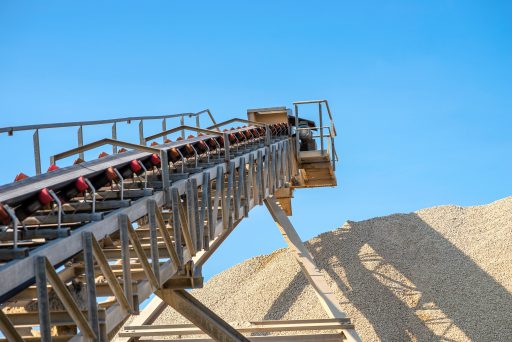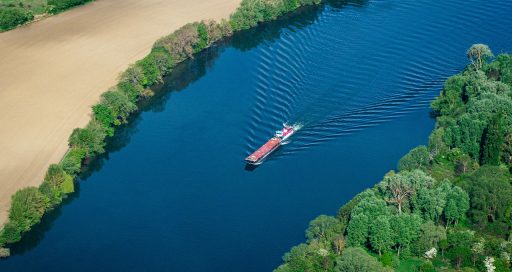Insular regions are so-called non-interconnected areas. One possible solution is to use batteries, as shown by a VINCI Energies project in Corsica.
![]()
Most French islands, including Corsica, Ushant, Martinique, Guadeloupe and Reunion, are not connected (or to a limited extent in Corsica’s case) to the mainland power grid. As a result, these “ZNI” or non-interconnected areas require appropriate technological solutions.
In order to increase the share of renewable energy sources in these insular regions without jeopardising the stability of their grids, the rollout of storage solutions like batteries or hydrogen chains is needed more urgently than elsewhere.
“Studies have shown that beyond the threshold of 30% renewables, storage becomes essential in order to ensure the flexibility of these small-scale grids,” points out Thibault Fauquant, manager of Omexom Conversion & Storage. This VINCI Energies business unit delivers turnkey offerings which, by including weather forecasts, make it possible to anticipate electricity generation and manage the necessary storage.
“Thanks to these applications that integrate renewables, we smooth out power during the day and make sure that batteries are full in the evening,” explains Thibault Fauquant.
Stabilising the Corsican grid
The Omexom business unit can use the applications for other purposes on islands, for example to help decision-making with respect to methods of power generation. “In Corsica, when there is surplus solar power, EDF can store the electricity in batteries at a very low cost. This avoids starting up diesel generators when production drops at the end of the day, which would lead to a very high price per kilowatt-hour,” states the business unit manager.
“Beyond the threshold of 30% renewables, storage becomes essential in order to ensure the flexibility of grids in non-interconnected areas.”
Omexom Conversion & Storage, whose expertise spans the whole chain in this type of operation (civil works, electrical engineering, supply of batteries, conversion and MV delivery substations, plant certification), is thus contributing towards stabilising Corsica’s insular grid and smoothing its high levels of solar PV generation.
“We have the capacity to simulate an insular grid and to observe the behaviour of a future solar PV plant in a grid that is more fragile than a mainland network,” says Thibault Fauquant whose business unit works with solar power developer, operator and producer Corsica Sole on behalf of EDF SEI.
“Responsible for island areas, EDF SEI can make a simple request to use our system. The platform reacts in a few seconds and sends the requested output,” explains the head of Omexom Conversion & Storage.
13/10/2022





